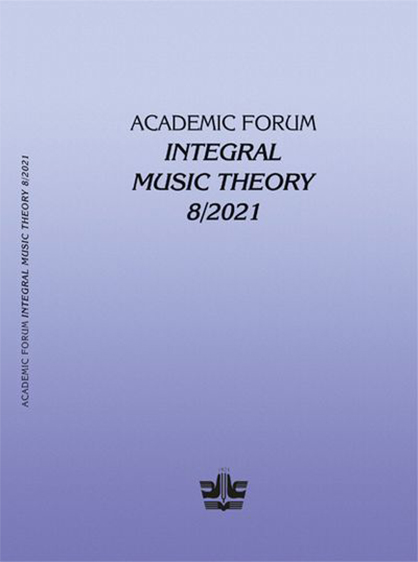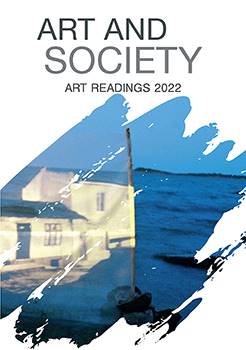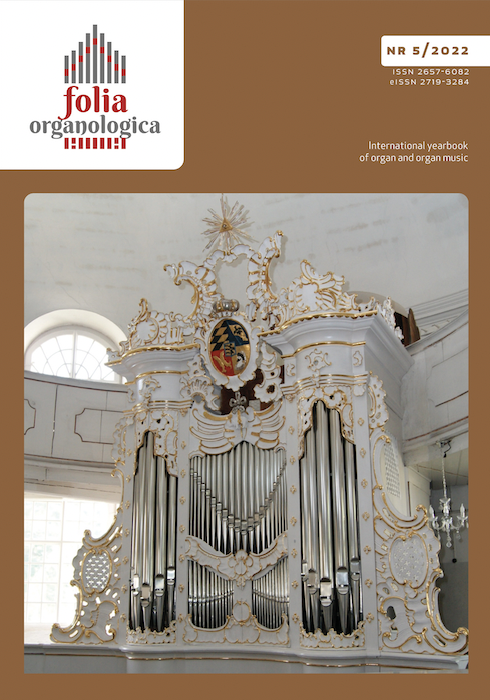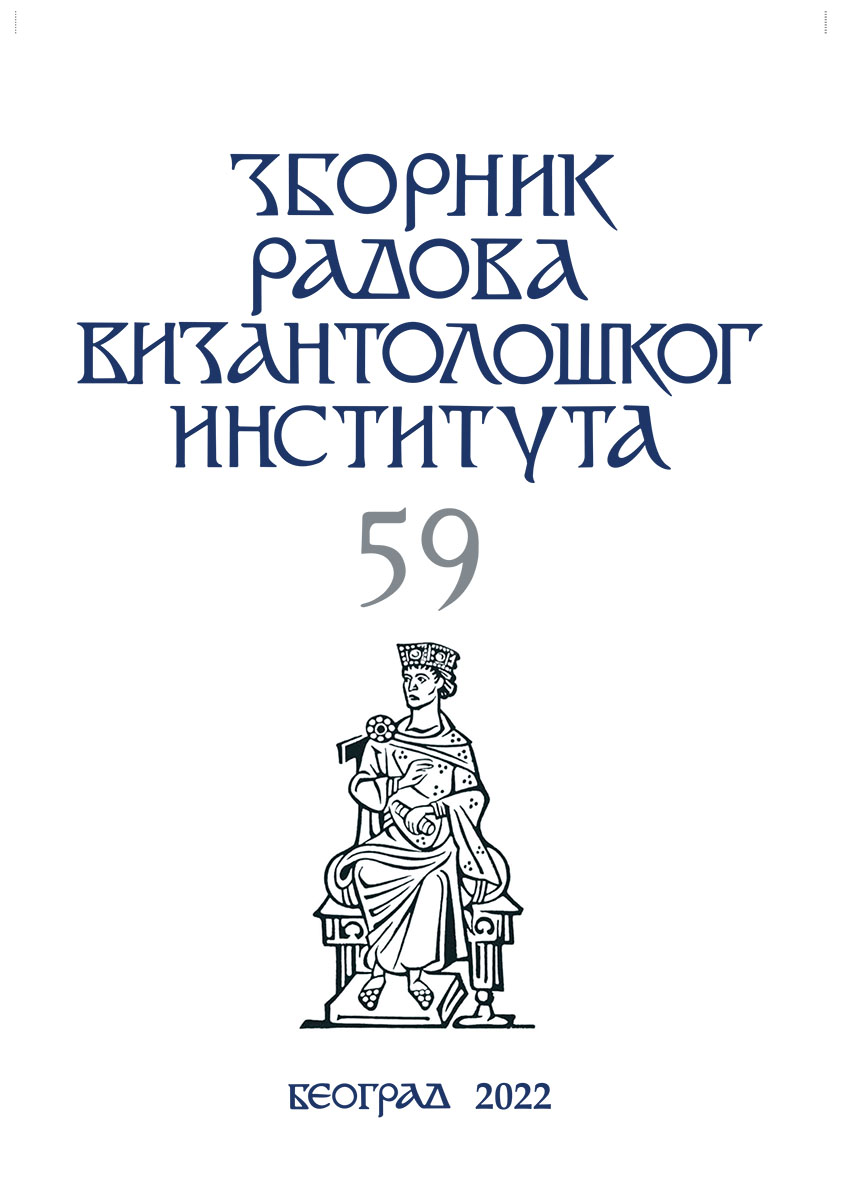Author(s): Sebastian Bernat / Language(s): English,Polish
Issue: 5/2022
The modern world is subject to numerous threats, among which climate change and
epidemic threats occupy a special place. The organ and organ music have a special place
in culture, stemming, among other things, from their connection with the sacred. Organ
culture is formed primarily by organ instruments and their manufacture, music, concerts,
organ-related festivals and the public’s attitude to organs and organ music related to the
place of organs and organ music in the consciousness of the public.
Analysis of statistical data has made it possible to recognize the potential of individual
European countries in terms of organ instruments. In terms of the number of instruments,
the leading countries are: Germany, Great Britain, Italy, France, and the Czech Republic.
The other end of the ranking is formed by Montenegro, Bulgaria, Ukraine, Russia, Estonia.
After taking into account the area of the country, the order of country is different. The
highest instrument density index characterizes the Netherlands, Germany, Belgium, the
Czech Republic, the United Kingdom, while the lowest: Russia, Bulgaria, Ukraine, Montenegro,
Romania. In contrast, the ratio of instruments per 1,000 inhabitants is highest in the Czech Republic, Austria, Germany, the Netherlands, Sweden, and lowest in Russia, Bulgaria,
Ukraine, Montenegro, Romania.
Interviews with experts were the main source of information on contemporary threats
and challenges to Europe’s organ heritage.
The main contemporary threats to Europe’s organ heritage were cited by the experts as
non-professional organ building services, the enormous cost of the restoration work carried
out, assuming the use of historical organ building techniques, the incomplete inventory of
the pipe organs and the stylistic-periodic classification of existing objects, the globalization
of cultural trends, the commercialization, secularization of European societies, the relatively
low awareness of organ users and their hosts (mainly the clergy). The replacement of pipe
organs in churches and even concert halls with electronic instruments designed to imitate
authentic pipe organs has also been recognized.
Climate change was not assessed by the vast majority of experts as a significant factor affecting Europe’s organ heritage. Only one expert unequivocally stated that the impact is occurring and is one of the main threats to Europe’s organ heritage.
The assessment of the impact of the COVID-19 pandemic on Europe’s organ heritage proved ambivalent. The impact was clearly perceived by only three experts. The COVID-19 pandemic has affected restrictions on organ festivals and concerts. In addition, along with restrictions on the availability of raw materials needed for organ restoration and construction, there has been a reduction in the care of instrumentation in some centers. It was also noted, among other things, that during the COVID-19 pandemic, the popularization of organ culture via the Internet increased.
In view of contemporary threats, documentation and inventory activities should be intensified
as preceding the preservation of Europe’s organ heritage. In addition, organ issues should be disseminated to broad sectors of society, from primary education to public discourse.
A special challenge is to try to rebuild the functioning structure of musical life based on organ music and organ building to its pre-pandemic state, and to continue the organ building or reconstruction projects that have been started, despite external difficulties.
The contents presented in this article may be questionable. However, it should be noted that they represent the view of a cultural geographer enriched by the opinions of experts.
More...




